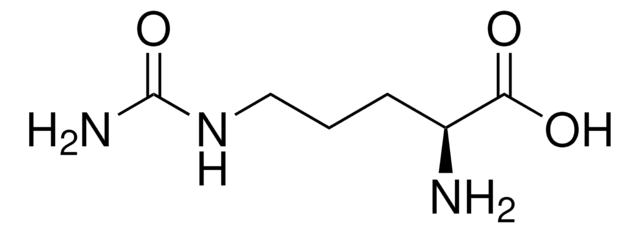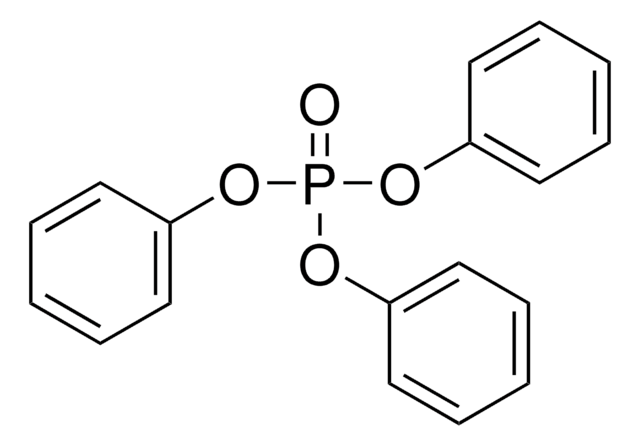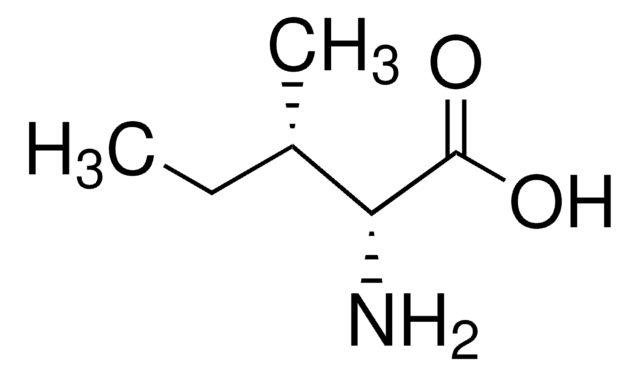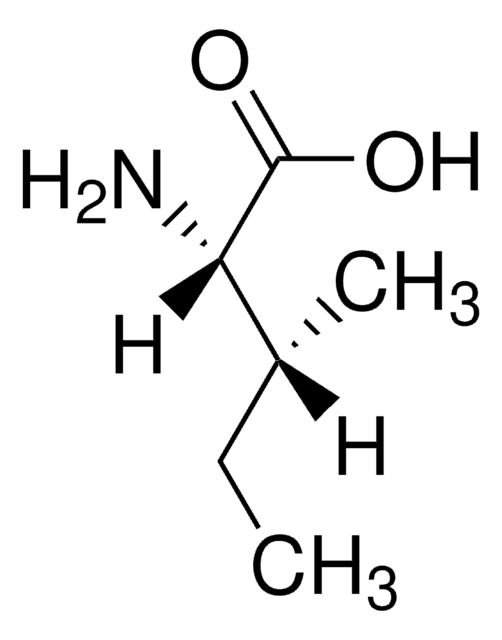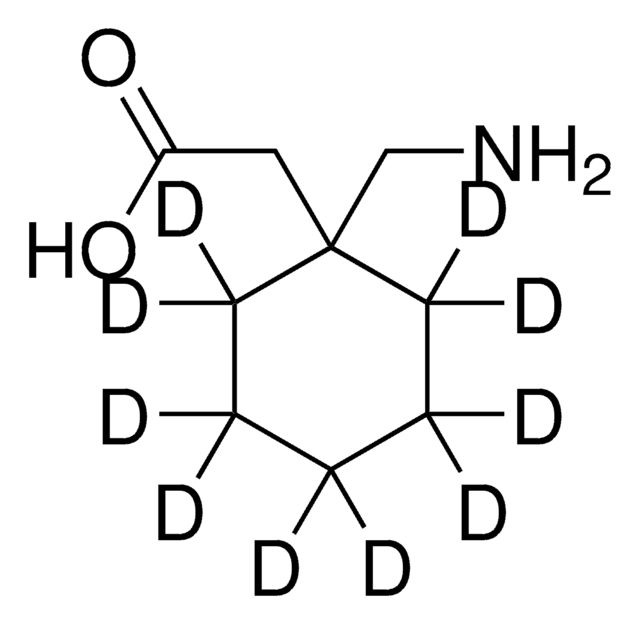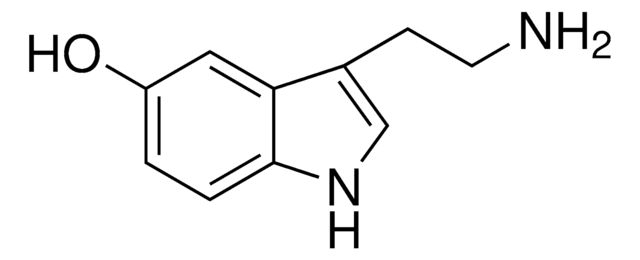所有图片(1)
About This Item
经验公式(希尔记法):
C6H13N3O3
CAS号:
分子量:
175.19
Beilstein:
1725415
MDL编号:
UNSPSC代码:
12352209
PubChem化学物质编号:
NACRES:
NA.22
推荐产品
产品名称
D-瓜氨酸, ≥99.0%
质量水平
方案
≥99.0%
表单
powder
旋光性
[α]20/D −20.5±2.0°, c = 2% in 1 M HCl
反应适用性
reaction type: solution phase peptide synthesis
应用
peptide synthesis
储存温度
−20°C
SMILES字符串
N[C@H](CCCNC(N)=O)C(O)=O
InChI
1S/C6H13N3O3/c7-4(5(10)11)2-1-3-9-6(8)12/h4H,1-3,7H2,(H,10,11)(H3,8,9,12)/t4-/m1/s1
InChI key
RHGKLRLOHDJJDR-SCSAIBSYSA-N
储存分类代码
11 - Combustible Solids
WGK
WGK 3
闪点(°F)
Not applicable
闪点(°C)
Not applicable
个人防护装备
Eyeshields, Gloves, type N95 (US)
Nikhil Vadhavkar et al.
Radiation research, 182(3), 273-281 (2014-07-31)
In contrast to the classic view of static DNA double-strand breaks (DSBs) being repaired at the site of damage, we hypothesize that DSBs move and merge with each other over large distances (μm). As X-ray dose increases, the probability of
Sylvain V Costes et al.
PLoS computational biology, 3(8), e155-e155 (2007-08-07)
Several proteins involved in the response to DNA double strand breaks (DSB) form microscopically visible nuclear domains, or foci, after exposure to ionizing radiation. Radiation-induced foci (RIF) are believed to be located where DNA damage occurs. To test this assumption
S V Costes et al.
Mutation research, 704(1-3), 78-87 (2010-01-12)
DNA damage sensing proteins have been shown to localize to the sites of DNA double strand breaks (DSB) within seconds to minutes following ionizing radiation (IR) exposure, resulting in the formation of microscopically visible nuclear domains referred to as radiation-induced
我们的科学家团队拥有各种研究领域经验,包括生命科学、材料科学、化学合成、色谱、分析及许多其他领域.
联系技术服务部门